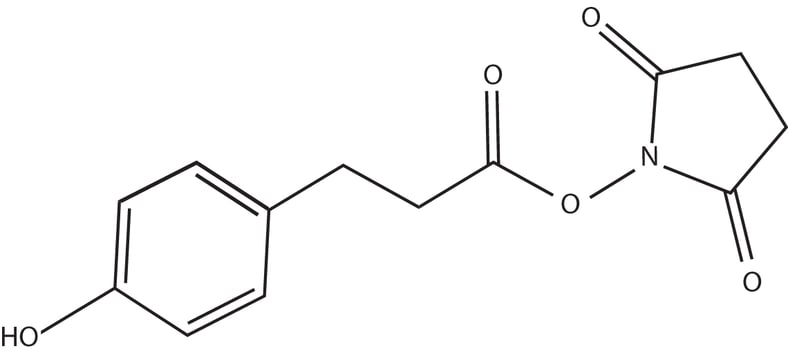Genomic DNA extraction is an important part of the process when it comes to studying DNA. Pure DNA, separated from the proteins and fluid of cells, is needed on its own in order to be used for various molecular applications. These analyses can include cloning, sequencing, electrophoresis, and fingerprinting.
Iodination of Proteins with Bolton-Hunter Reagent
In the radioimmunoassay, high specific radioactive antigens are used as tracers. Iodinated proteins are used to study hormonal interaction with target tissue and immunoglobulin metabolism. The chloramine-t procedure is the oldest method used to iodinate proteins and peptides directly with 125 I, but it is observed that there is a loss of activity of proteins iodinated by this method. The disadvantage of this method is difficulty in iodination of proteins lacking tyrosine residues.
Topics: Protein Labeling
Multiplex PCR is a technique used to amplify multiple target sequences in a single PCR reaction using multiple primer sets. Multiplex PCR was first reported by Chamberlain et al. in 1988. This method is used to detect deletions, polymorphisms, mutations, etc., This method is also used to detect different viral, bacterial and other pathogens in a single tube. This method consumes less time and effort in obtaining the results, but problems posed during multiplex PCR include poor sensitivity, specificity, and problems in amplification of some specific targets.
Topics: Molecular Biology
Best Methods to Stain Proteins After Protein Electrophoresis
Protein samples are analyzed by denaturing sodium dodecyl sulphate polyacrylamide gel electrophoresis (SDS-PAGE). Total protein lysates or protein samples from purification experiments are separated on 1D and 2D gels depending on their molecular weights and PI. Appropriate staining techniques are used to detect proteins on SDS-PAGE gels depending on the protein of interest, downstream experiments like Western blotting, mass spec analysis etc.,
Topics: Protein Electrophoresis







